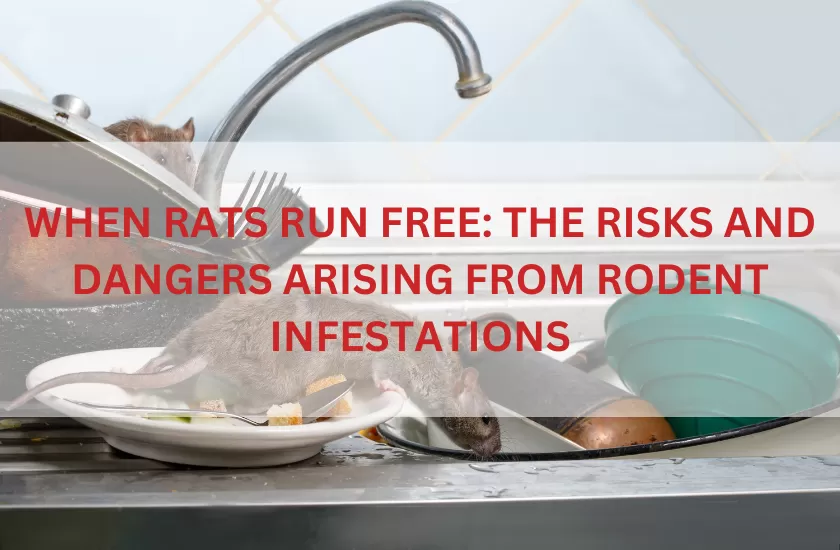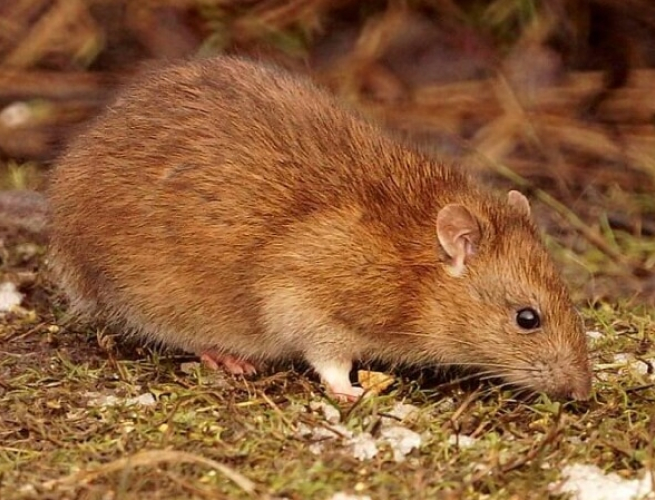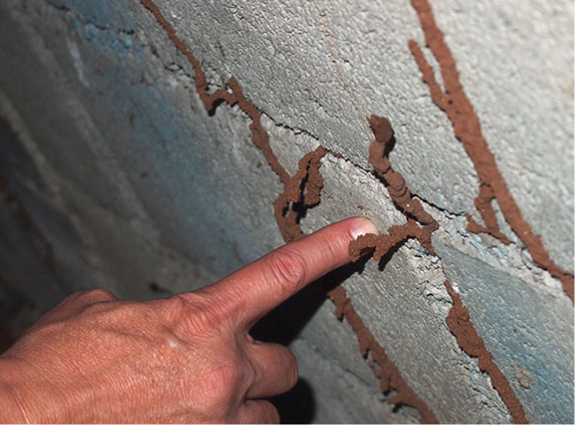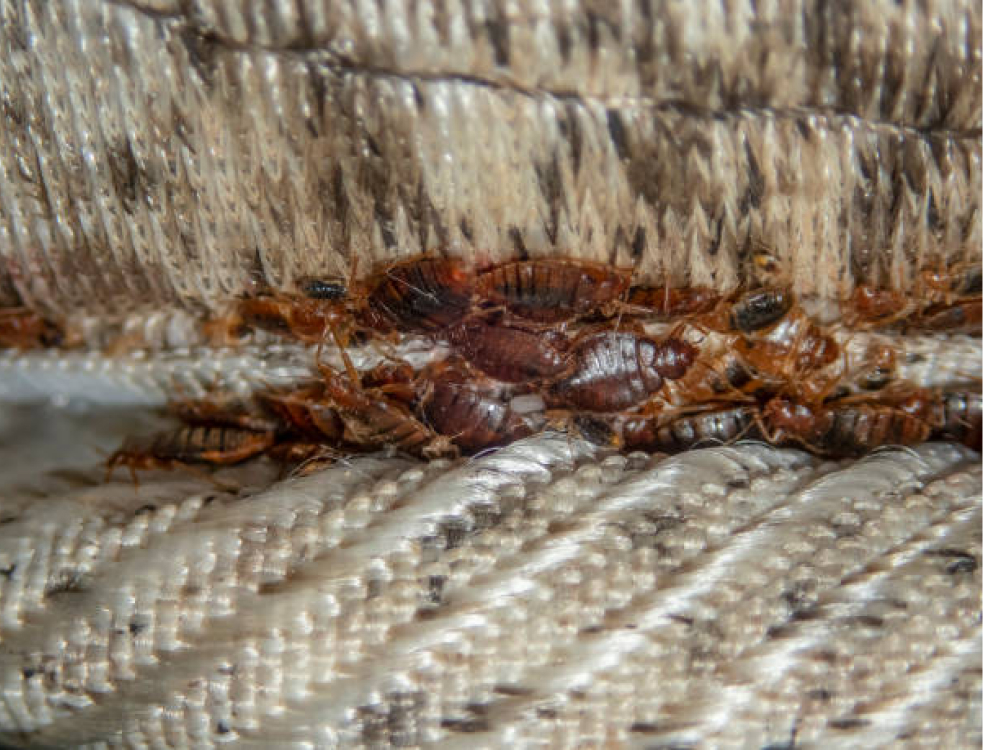Rodent infestations pose significant risks and dangers to public health, property, and the environment. Mice and rats, the most common culprits, are not just a nuisance; they can carry diseases, cause structural damage, and contribute to environmental degradation. Understanding the full scope of these risks is essential for effective prevention and control measures. This article delves into the various hazards associated with rodent infestations and offers insights into mitigation strategies.
Risks of Rodent Infestations
Disease Transmission
Rodents are vectors for numerous diseases that can affect humans and animals. These diseases can be transmitted directly through contact with rodent urine, feces, saliva, or bites, and indirectly through fleas, mites, or ticks that have fed on infected rodents.
- Hantavirus: Transmitted through inhalation of dust contaminated with rodent urine or droppings, hantavirus can cause severe respiratory issues and, in some cases, be fatal. Early symptoms resemble the flu but can rapidly progress to severe respiratory distress.
- Leptospirosis: This bacterial infection is spread through contact with water or soil contaminated by rodent urine. Symptoms range from mild flu-like symptoms to severe conditions such as kidney damage, liver failure, and meningitis.
- Salmonellosis: Rodents can carry Salmonella bacteria, which they spread through their droppings. Humans can contract the bacteria by consuming food or water contaminated with rodent feces, leading to severe gastrointestinal issues.
- Plague: Historically notorious for causing widespread pandemics, the plague is transmitted by fleas that have fed on infected rodents. Though rare today, it can still cause severe illness if not treated promptly with antibiotics.
- Rat-Bite Fever: Caused by bacteria in rodent saliva, this disease is transmitted through bites or scratches. Symptoms include fever, vomiting, and rash, and can be severe if left untreated.
- Lymphocytic Choriomeningitis (LCMV): This viral infection is transmitted through exposure to fresh rodent urine, droppings, saliva, or nesting materials. It can cause neurological disease and is particularly dangerous for pregnant women and immunocompromised individuals.
- Allergies and Asthma: Rodent infestations can exacerbate allergies and asthma. Rodent droppings, urine, and saliva contain proteins that can trigger allergic reactions. Inhalation of dust contaminated with these allergens can lead to respiratory issues, particularly in children and individuals with preexisting conditions.
Property Damage
Rodents have strong teeth that grow continuously, necessitating constant gnawing to keep them in check. This gnawing behavior can cause significant structural damage to buildings and infrastructure.
- Wood and Insulation: Rodents gnaw on wood, including beams, rafters, and studs, which can compromise the structural integrity of buildings. They also burrow into insulation, reducing its effectiveness and leading to higher energy costs.
- Wiring: One of the most dangerous aspects of rodent infestations is their propensity to chew on electrical wires. This can lead to short circuits, electrical fires, and costly repairs.
- Pipes and Ducts: Rodents gnaw on plastic and lead pipes, causing leaks and water damage. They can also damage HVAC ducts, leading to inefficient heating and cooling and potential contamination of air systems.
Contamination of Food and Surfaces
Rodents contaminate food and surfaces with their droppings, urine, and hair. This contamination can occur in homes, restaurants, supermarkets, and food processing facilities, leading to significant economic losses and potential health hazards.
- Food Spoilage: Rodents can infiltrate food storage areas, gnawing through packaging and contaminating food supplies. This leads to spoilage and waste, posing a significant economic burden on businesses and households.
- Surface Contamination: Rodents leave trails of urine and feces on surfaces they traverse. This contamination can spread bacteria and viruses, increasing the risk of foodborne illnesses and requiring thorough cleaning and disinfection.
Environmental Impact
Rodent infestations can have severe ecological consequences, particularly in regions where invasive rodent species disrupt local ecosystems. Invasive rodents can outcompete native species for food and habitat, leading to a decline in biodiversity
- Predation and Competition: Invasive rodent species can prey on native animals, particularly birds, reptiles, and insects. They also compete with native species for resources, leading to population declines and imbalances in the ecosystem.
- Habitat Destruction: Rodents can cause significant damage to vegetation and crops, leading to habitat destruction for other species. This can result in long-term ecological changes and loss of biodiversity.
Agricultural Damage
Rodents are notorious for causing extensive damage to crops and stored produce. This not only leads to economic losses for farmers but also impacts food security and availability.
- Crop Damage: Rodents consume a wide variety of crops, including grains, fruits, vegetables, and nuts. Their feeding habits can destroy entire fields, leading to substantial financial losses and reduced yields.
- Stored Produce: In addition to damaging crops in the field, rodents infest storage facilities, contaminating and consuming stored produce. This leads to significant post-harvest losses and increased costs for pest control and storage infrastructure.
Mitigation Strategies
Prevention
Effective rodent control begins with prevention. By making environments less hospitable to rodents, the risk of infestations can be significantly reduced.
- Sanitation: Maintaining a clean environment is crucial. Regularly clean and dispose of garbage, seal food containers, and eliminate clutter that provides hiding places for rodents.
- Exclusion: Seal entry points to prevent rodents from entering buildings. This includes closing gaps around doors and windows, sealing cracks in walls and foundations, and installing rodent-proof screens on vents and chimneys.
- Landscaping: Trim vegetation away from buildings, remove debris, and keep outdoor areas clean. This reduces the availability of food and shelter for rodents.
Monitoring and Detection
Early detection of rodent activity is essential for effective control. Regular monitoring can help identify rat infestations before they become severe.
- Inspections: Conduct regular inspections of buildings, especially in areas prone to rodent activity. Look for signs of gnawing, droppings, and nests.
- Traps and Bait Stations: Use traps and bait stations to monitor rodent activity. These tools can help detect early infestations and reduce rodent populations.
- Technological Solutions: Utilize modern technologies such as electronic monitoring systems and rodent detection devices to enhance monitoring efforts.
Control Methods
When an infestation is detected, prompt and effective rat control measures are necessary to eliminate the problem and prevent recurrence.
- Traps: Various traps, including snap traps, glue traps, and live traps, can be used to capture and eliminate rodents. Place traps in areas of high rodent activity and check them regularly.
- Rodenticides: Chemical rodenticides can be effective in controlling rodent populations. However, their use must be carefully managed to avoid non-target poisoning and environmental contamination.
- Integrated Pest Management (IPM): IPM combines multiple control methods, including sanitation, exclusion, trapping, and chemical treatments, to effectively manage rodent populations. This holistic approach minimizes the use of chemicals and focuses on long-term prevention.
Public Awareness and Education
Raising public awareness about the risks and dangers of rodent infestations is crucial for effective prevention and control. Education campaigns can inform communities about the importance of sanitation, exclusion, and early detection.
- Community Programs: Implement community-based programs to educate residents about rodent prevention and control. This can include workshops, informational materials, and local campaigns.
- School Programs: Incorporate rodent education into school curriculums to teach children about the importance of hygiene and preventive measures.
- Media Campaigns: Utilize various media platforms, including social media, to spread awareness about rodent risks and prevention strategies.
Conclusion
Rodent infestations pose significant risks and dangers to public health, property, and the environment. Understanding these risks is essential for implementing effective prevention and control measures. By adopting a multifaceted approach that includes sanitation, exclusion, monitoring, and public education, communities can reduce the impact of rodent infestations and protect both human health and the environment.
The dangers associated with rodents extend beyond mere nuisance; they are vectors of serious diseases, agents of structural and economic damage, and disruptors of ecological balance. Proactive and informed strategies are necessary to mitigate these risks, ensuring safer and healthier living conditions for all. Through collective effort and vigilance, the threats posed by rodent infestations can be effectively managed and minimized.
For comprehensive and effective rodent control, consider engaging a pest control company in Singapore. These professionals have the expertise and tools to address rodent issues thoroughly, ensuring your home or business remains safe and pest-free. Contact a local pest control service today to protect your property and health from the dangers of rodent infestations.







